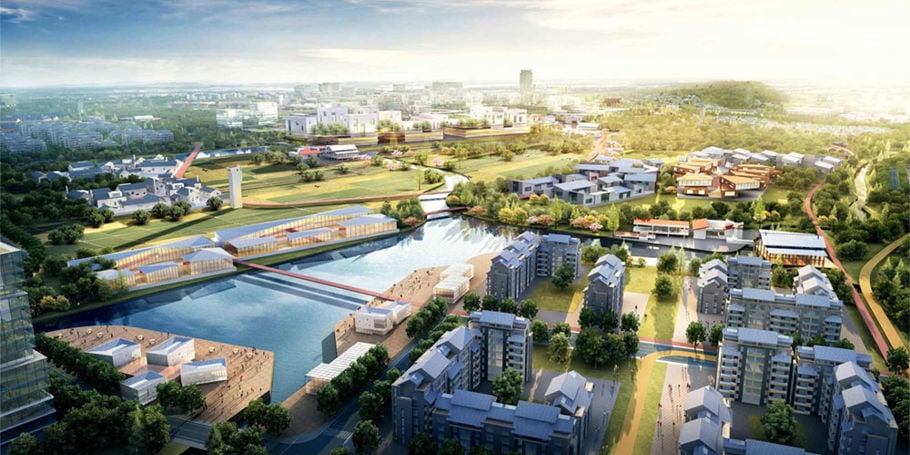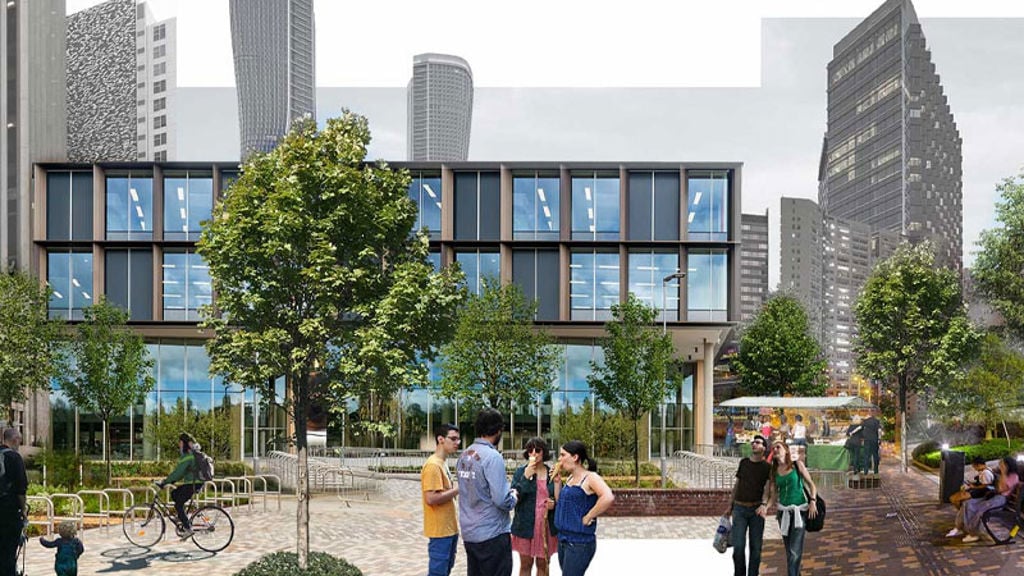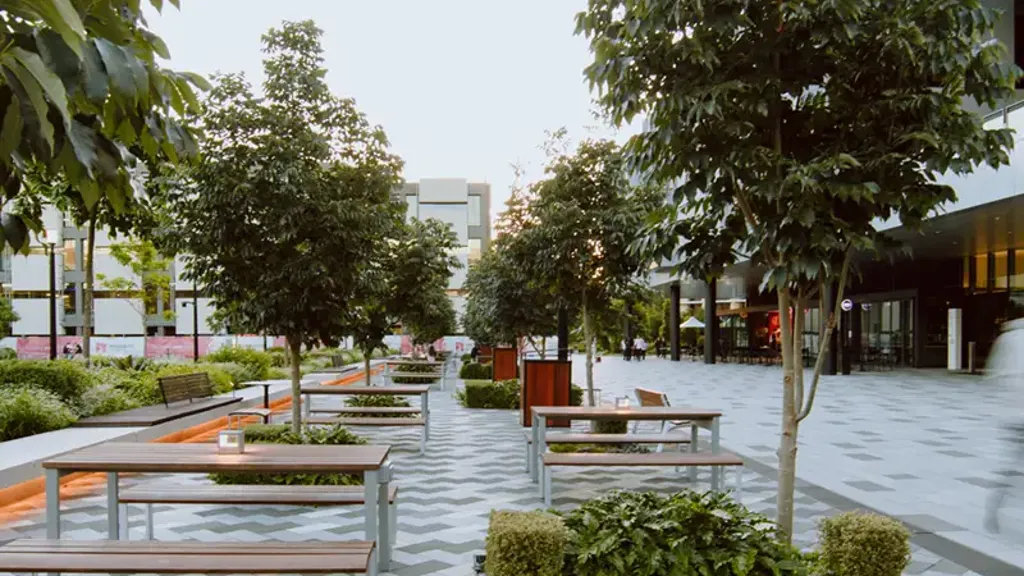Bau Town, on the far western side of Sarawak, has a rich history as a gold mining town from the 1820s. To move towards a prosperous future, the Economic Planning Unit (EPU) Sarawak wanted to develop a diversified economic outlook for the whole Bau District that includes Bau Town and its surrounding sub-regions.
Bau’s unique biodiversity and ecology called for a framework leading with environmental protection with a focus on climate and social resiliency. A wide range of endemic flora and karst ecology is found in the region and there is a wealth of customs and cultural diversity across the state.
We were appointed by Jurubina Unireka to conduct a masterplan study for the EPU. Our work included a development planning framework and strategies for socioeconomic growth including innovations in green township facilities for the Bau district.
We developed the Bau Masterplan Study 2030 and provided strategic direction and spatial planning that aligned with economic findings, transportation plans, and compliances with infrastructure for economic activities.
These strategies will advance infrastructure and sustainable development, raising standards of liveability, and the growth of nature-based and community-based tourism.
The proposed activities and catalyst projects under the masterplan are forecasted to grow Bau district’s economy and, if successful, could contribute RM2.4 billion to the economy and create 44,000 full-time jobs.
Economic planning
We proposed strategies to ensure everyone benefits, including economic growth, job creation, and improving people’s lives in a fair and lasting way.
The district is susceptible to floods, landslides and sinkholes, so long-term climate resilience is a critical strategy.
With Bau’s mountainous terrain in mind, we prioritised local resource-based industrial sectors near roadways and water sources to encourage infrastructure development in those areas, supporting businesses, accessibility and general improvements.







